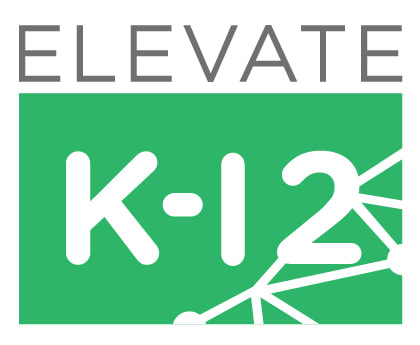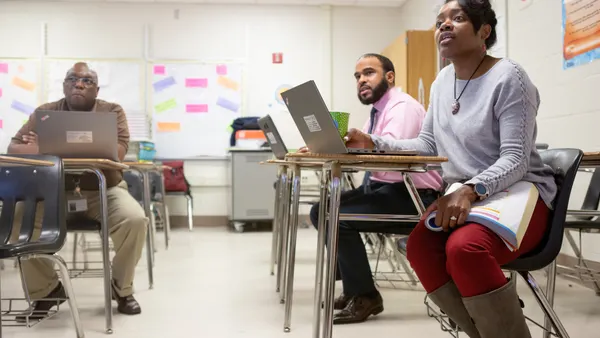Dive Brief:
-
While there are many ways to develop career and technical education programming in a school district, experts say it’s important that what students learn dovetails with growing demands in the job market.
-
Looking to community organizations and local government bodies like city councils can help identify partners who can teach and train students while they’re still in school, said Alisha Hyssop, chief policy, research, and content officer for the Association for Technology and Career Education.
-
Hyssop added that students can also be a resource in finding avenues to pursue. “Involving students themselves and elevating learner voice is an important strategy,” said Hyssop. “Often, students see needs in their communities that might not be as visible to schools or individual teachers.”
Dive Insight:
Home-grown CTE opportunities can bring training to students while also benefiting the local community — even when it comes to installing solar paneling for a school site. Some growth areas such as artificial intelligence and robotics, however, may also require investments in equipment and partnerships with groups like chambers of commerce, local business organizations and community nonprofits.
As examples, Hyssop pointed to student groups that work with Habit for Humanity and high school students in Renton, Washington, who worked to provide academic and emotional support to elementary school peers.
Hyssop also noted that CTE programs can’t be cookie-cutter. First, they should be aligned to curriculum and standards so what students learn outside the classroom matches with what they learn in their broader studies. Then, schools should look at the ACTE framework for developing a work-based learning experience, Hyssop said.
It’s key, she added, that schools find opportunities that work for them — and even fit best for each student.
“There is value in many different work-based learning experiences,” Hyssop said. “Which is the right fit for a student, program or school really depends on a number of different factors like the educational goals, skills needed, availability of placements, employer needs and more. There is significant value in providing students with a range of work-based learning experiences across the continuum.”













